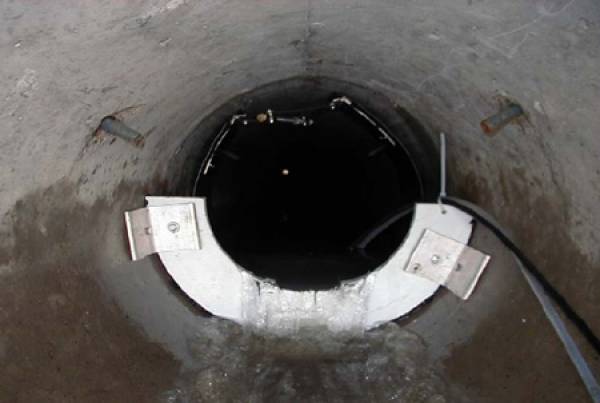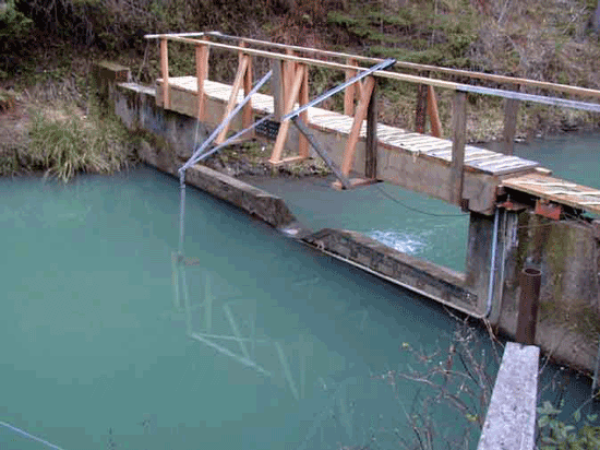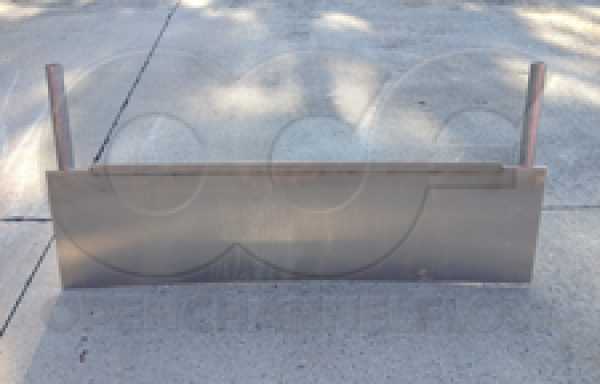This website uses a variety of cookies, which you consent to if you continue to use this site. You can read our Privacy Policy for
details about how these cookies are used, and to grant or withdraw your consent for certain types of cookies.
Unusual Types of Thin-Plate Weirs
Over the years, there are have been a number of developments to the thin-plate weir – expanding weirs beyond the V-notch and Rectangular styles commonly used. Each special weir type is an attempt to overcome very specific limitations of the thin-plate weirs in general.
Cipolletti
The Cipolletti weir is a fully contracted weir with a trapezoidal notch section. The sides slope outwards at a 1 (horizontal) to 4 (vertical) slope. While the main notch section has a horizontally flat edge. The weir was an attempt to reduce produce a simple discharge relationship by reducing the side contraction effects of other weir shapes.
The accuracy of the Cipolletti weir has been found to be less than that of V-notch or contracted rectangular weirs, with an accuracy of the discharge coefficient of +/- 5%.
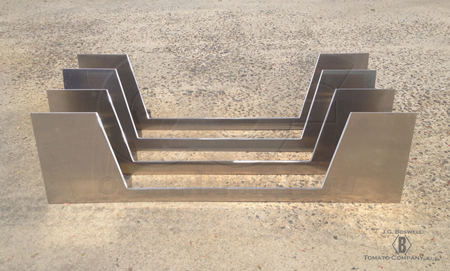
Cipolletti weirs should not be used for heads less than 0.2 feet or for heads greater than 1/3 of the crest length unless field rated.
Circular
Circular weirs are designed to the flow of water in partially full pipes. The weirs are intended to either bolt onto the end of the pipe or inserted into it. The weirs are independent of the size of the pipe that they are installed on as the height of the crest can be sized to fit the anticipated flow rates.
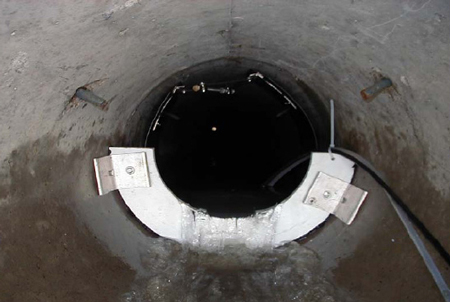
In using Circular weirs, keep in mind that the flow measurement takes place in the half-circle crest of the weir. It is not a compound weir where flow can top the half-circle and still be measured accurately.
Compound
For widely varying flows, where the main flows can be handled by one weir type and maximum flows by another weir type, the two types of weirs can be joined into one hydraulic structure. The combination of weir types usually consists of a V-notch weir for the lower / normal flow rates and a Rectangular weir for the higher flow rates.

Combining two weir types does have a disadvantage: when the flow begins to exceed the capacity of the smaller (lower) weir, thin sheets of water will begin to pass over the larger (upper) weir. This overflow causes a discontinuity in the flow curve. As a result, transition from the smaller weir to the larger weir should be selected where it is of minimum importance.
Proportional Notch
The Proportional Notch weir is designed to give a linear relationship between the discharge flow rate and the head. Above the base and the crest of the notch tapers in a parabola on each side. As the weir gets taller, the space between the two parabolas gets smaller.
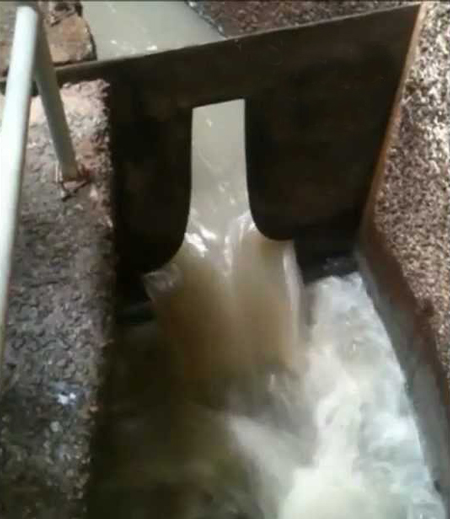
Two types of Proportional Notches have been developed: the Sutro and the Rettger. The two primarily differ in the that parabolas of the upper section of the weir join the base section at its outside width, while the parabola of the Rettger joins the rectangular base section closer to the centerline of the weir. Of the two Proportional Notch weirs, the Sutro is more commonly used.
Image: Andre Simoes
Related Blog Posts
Explore more insights in our blog.

LOCATIONS IN ATLANTA, GA & BOISE, ID


